Hobro
Marina near Hobro
Latitude
56° 38’ 20.1” NLongitude
9° 48’ 19.2” EDescription
Small town at the west end of Mariagerfjord with a commercial harbour and an offshore marina.
NV Cruising Guide
Navigation
The approach to the fired harbour is possible day and night. It takes place via a buoyed fairway marked with directional lights and beacons.
Berths
Large yachts can moor in the commercial harbour. The commercial harbour is mainly kept free for cargo shipping, but large yachts can moor here in consultation with the harbour master.
Surroundings
Good supply possibilities exist in the village Hobro. There are no sanitary facilities at the commercial port. Repair facilities can be found at the wooden shipyard in the southeast of the commercial port.
NV Land Guide
On the water, Hobro is the end of the line, but on land, the town of 10,000 still has a number of sights to offer. The outstanding destination is the Viking fortress of Fyrkat, three kilometres west of Hobro. Along with Aggersborg on the Limfjord, Trelleborg near Slagelse and Nonnebakken in Odense, it was one of the four great Viking castles, but the smallest of these geometric defences. Aggersborg was the largest of the Viking fortresses and also the only one that was located directly on the water.
Harald Blauzahn, king in the period 940 to 985, is now believed to be the builder of Fyrkat. For a long time the meaning of the military installations was investigated. In the meantime, it is considered certain that they were fortresses against popular uprisings and internal political opponents. Around 980 there was internal unrest in the Viking kingdom. Sven Gabelbart was feuding with his father Harald Blauzahn.
After the discovery of the four castles, the historical image of the seaworthy Norsemen, who had a reputation exclusively as pirates who plundered, had to be corrected. If defensive fortifications were considered completely unusual for Vikings, this was even more true for the mathematical precision with which the fortifications were laid out according to Roman units of measurement. The relatively long distance from the water in three of these fortresses was also surprising.
The castle complex is a reconstruction. Like the fortress of Trelleborg, Fyrkat burned down towards the end of the 10th century and was not rebuilt. The diameter of the ring castle is 120 metres. The rampart, originally three metres high, is 12 metres wide and interrupted by four gateways. The fortress was divided into four equal quarters and consisted of two main wooden streets meeting in the middle of the circle.
A maximum of 800 soldiers were housed in the 16 wooden houses, each 28.5 meters long. One of the elliptical longhouses has been reconstructed outside the rampart using heavy planks and beams. Strong pillars support the roof inside, and sloping logs give support to the walls from the outside. In each quarter, the houses were built around an inner courtyard.
To date, it has not been possible to determine how the all-destroying fire occurred, whether it was ignited during a battle, by stealthy intruders, during a deliberate abandonment of the fortress, or through carelessness.
Laden with fresh impressions, perhaps a glass of mead will now help you to imagine the life and doings of the Vikings even better. The Viking-era alcoholic beverage is served near the castle grounds in the mill yard of Fyrkat Mill. In 1961, the intact watermill was brought from Fyn to Hobro and rebuilt on the exact spot where a watermill ground grain until the beginning of this century. During the summer, the mill wheel and millstones of the mill, built in 1764, are occasionally set in motion for visitors.
400 species of birds can be seen in Hobro's "Lille Mølle" bird park, which is also notable for its floral splendour.
Another excursion into the Viking Age is offered by Hobro's museum at Vestergade 21, where the finds made at Fyrkat are presented in a special exhibition. The theme is also Hobro's prehistory. The exhibition is divided into two sections, "Old Hobro" and "New Hobro". The first area focuses on craftsmen and merchants, the second on workers and industrialisation.
The town, now surrounded by farmland and heath, is one of the oldest in Jutland, although the date of its foundation is not known. According to historians' estimates, there was a first settlement at the end of the Mariager Fjord more than 1000 years ago. The bridge that crossed the fjord here and accelerated the development of the town appears on the town's coat of arms from 1584. Unfortunately, a fire in 1813 destroyed the entire town and with it the remaining medieval buildings. From time immemorial Hobro has been the port for Viborg and Hald. The merchant ships sailed in the 18th century - mainly to Norway. The fleet grew to a modest 20 ships by 1865, but still almost 300 ships entered the harbour at that time, and its deepening in 1913 contributed to a lively economic development. Again and again foreign troops occupied the city: Spanish mercenaries in 1808, Prussian soldiers in 1864 and finally the German Wehrmacht. Resistance to Hitler's soldiers cost the lives of many of the small town's inhabitants.
A mixture of architectural styles - including late Gothic and Byzantine - Hobro's church, built around 1850, is almost revolutionary in its architecture. Gottlieb Bindesbøll was commissioned to build a new church after the great fire in the town, when the old one was destroyed by the flames. By alternating red and yellow bricks, he gave the walls patterns hitherto unknown in northern Europe. On a trip to the Balkans, the ornamentation of the churches had inspired him to do so.
If you want to visit all the continents of the world at speed, head for Lake Klejstrup, 7 kilometres to the southwest. In ten minutes, the trip around the world is complete after a hop from Africa to Arabia, a lightning tour through Siberia and a crossing of the Bering Strait. The Dane Sören Paulsen worked on his mini-world for 25 years. True to scale, he heaped it up as an island in Lake Klejstrup.
Eight kilometres west of the city, impressive passage graves from the younger Stone Age (around 3000 BC) can be found near Snæbum. They are among the largest in the north. The best-known megalithic grave in the area is the Valsgaard Grave, five kilometres northeast of Hobro.
For the sake of completeness, we should also mention Denmark's largest forest, although it is some 20 kilometres north to Rold Skov. Idyllic lakes, megalithic tombs, limestone caves, an observation tower and many sights in the forest, which consists mainly of conifers, attract many visitors every year. This also applies to the Rebild hills in the north of Rold Skov. The hills were acquired by a group of Danish-Americans in 1912. In a replica of Abraham Lincoln's birthplace, visitors are informed about the life of the Danish emigrants.
Marina Information
| Max Depth | 5 m |
Contact
| Phone | +45 9711 3641 |
| Website | https://www.hobro-baadogfiskerihavn.dk |
Surroundings
Electricity
Water
Toilet
Shower
Restaurant
Imbiss
Atm
Fuel
Grocery
Boatyard
Ramp
Public Transport
Garbage
Comments
You can add comments with the NV Charts App (Windows - iOS - Android - Mac OSX).
You can download the current version at nvcharts.com/app.
Buy nv charts covering this place Clicking one of the products will open the nv charts shop.
Places nearby
Related Regions
This location is included in the following regions of the BoatView harbour guide:
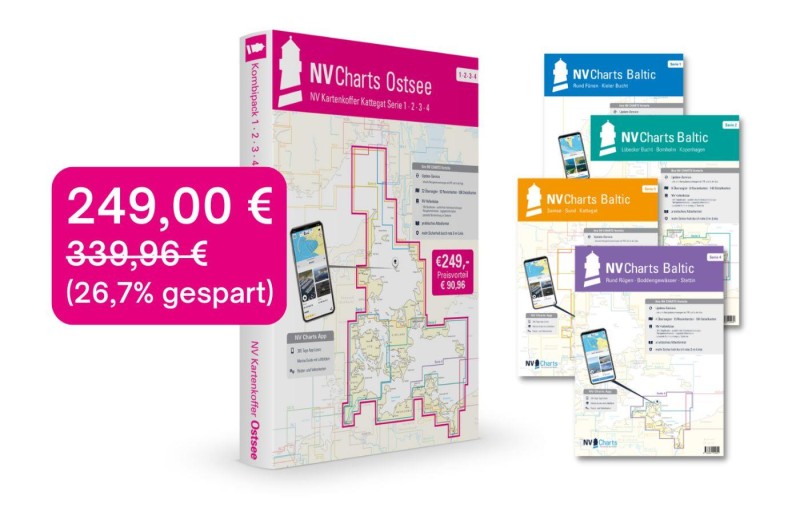
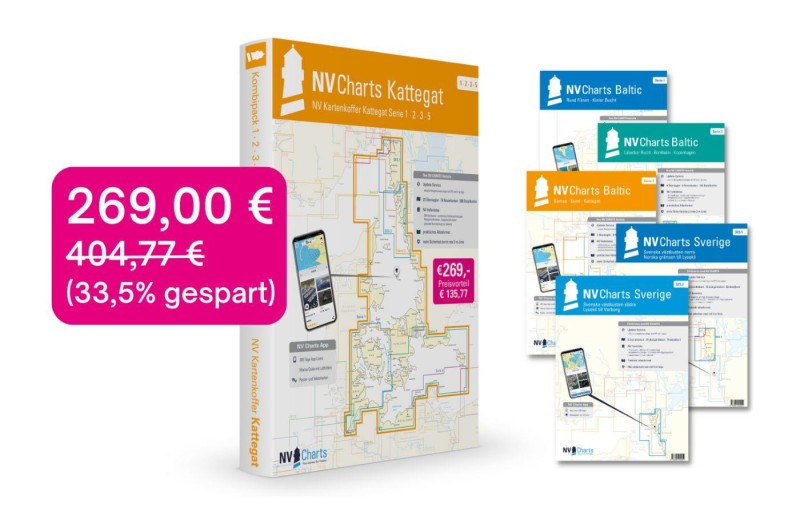
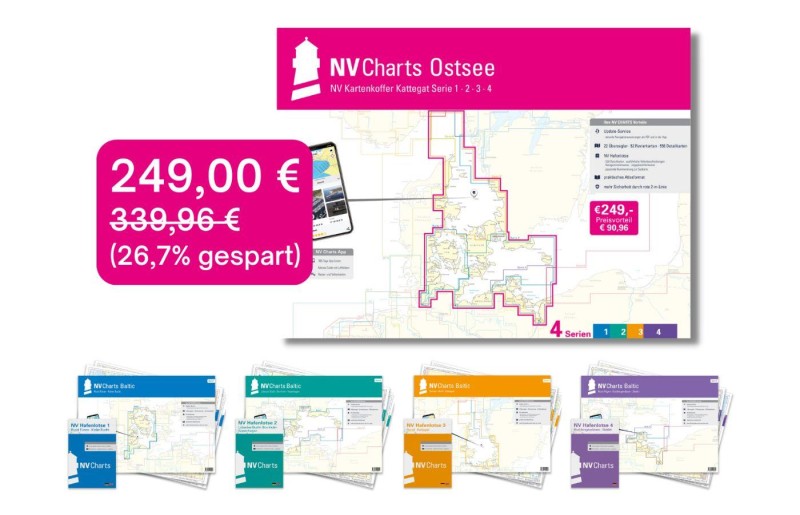
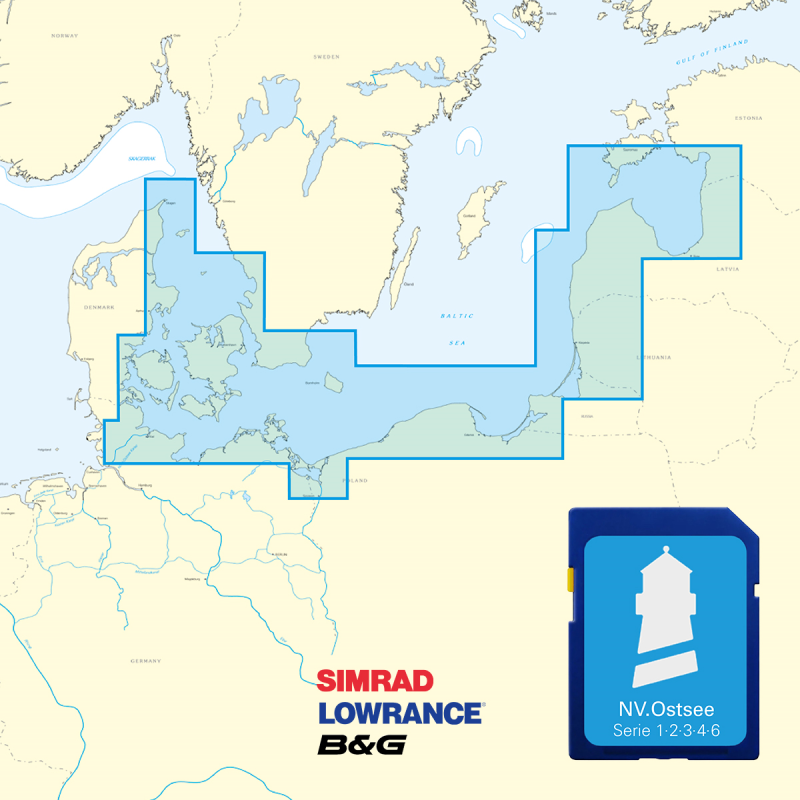
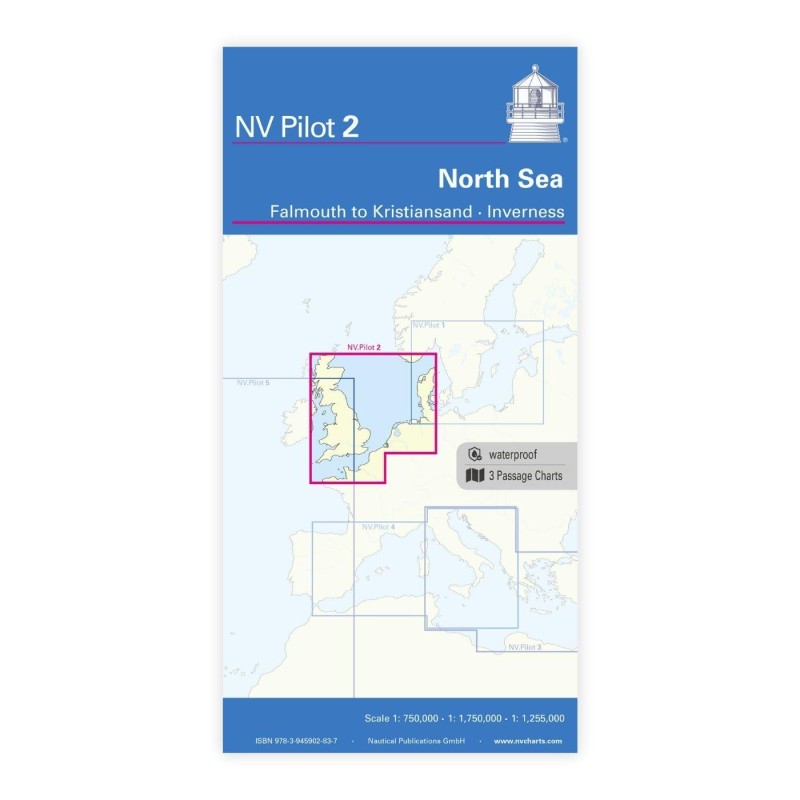
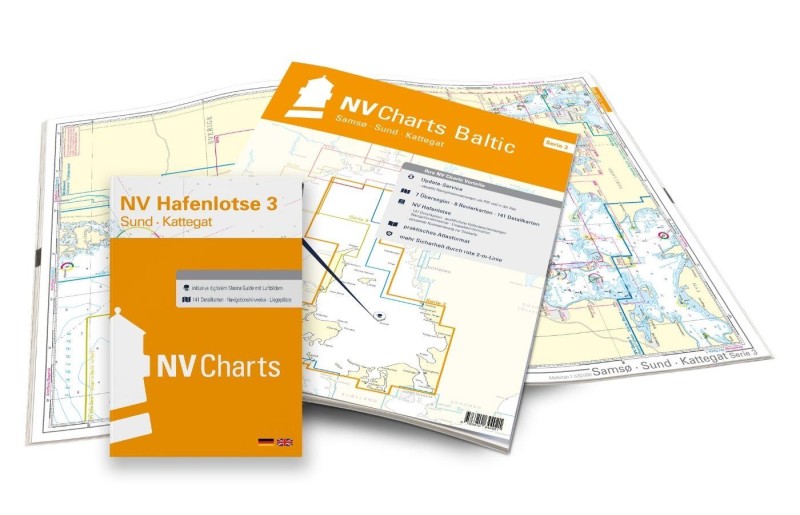
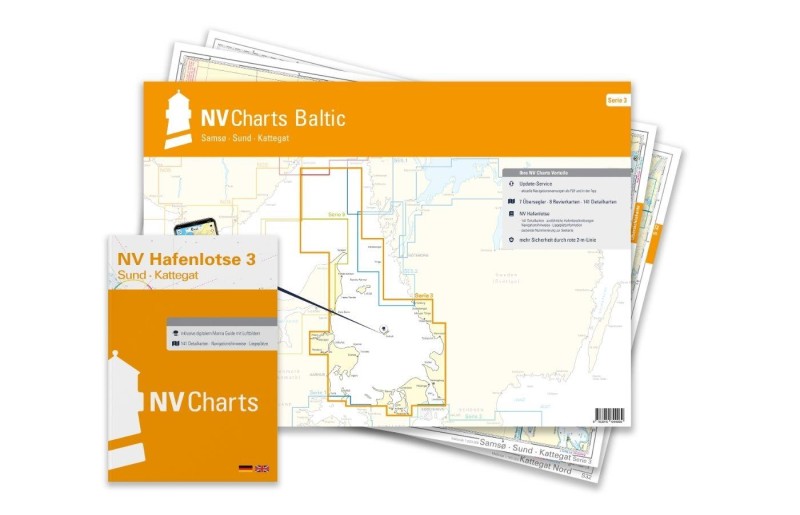
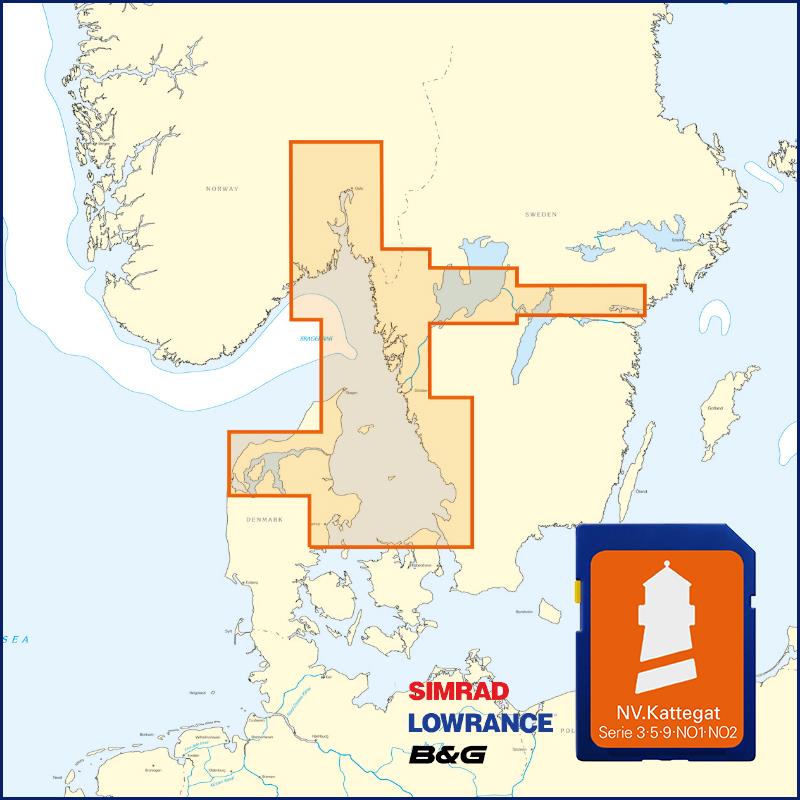
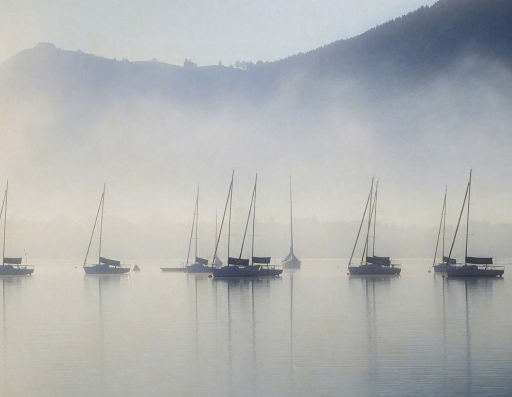
No comments or ratings have been added to this POI.